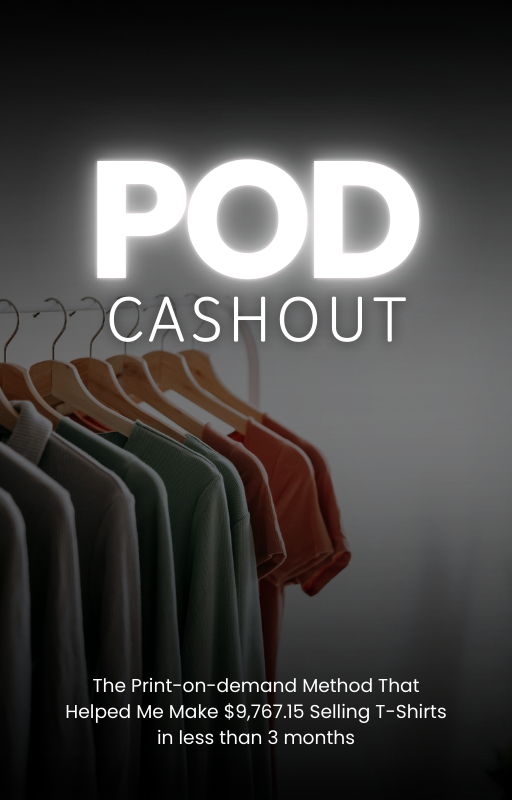If you’ve ever stared at your phone thinking, “Ugh, I need to make some extra money but I don’t want to sell my soul or my free time,” you’re not alone. Most of us are juggling jobs, life, and trying to get ahead—or just stay afloat. And when the whole “get a side hustle” thing gets tossed around, it can feel like just another chore unless you really hit the sweet spot of time, effort, and payoff.
But let me walk you through a real-world breakdown of how folks are actually stacking up a few hundred bucks here and there in ways that don’t wreck their sanity. We’re gonna talk numbers, hustle strategy, and mindset shifts that’ll help you figure out what kind of side income actually fits your life—not what TikTok says you should be doing.
Starting From Zero
This guy in the story (we’ll call him Jake) didn’t have a fancy setup. No big budget, no crazy skills, and definitely no magic formula. Just a normal person looking to make something work. He kicked things off super simple: one hustle at a time, trying things out to see what clicked. Some of them worked, some totally flopped. That’s the game. You don’t need to be perfect—you just need to start.
In the beginning, Jake was making about $400–$500 a month on top of his regular job. Which isn’t a life-changing number, sure. But it’s enough to cover groceries, a couple bills, or stash away for something bigger down the road. The trick was staying consistent and not getting discouraged by slow starts. And trust me, almost all side hustles start slow.
The Strategy That Changed Everything
What really helped him level up was tracking everything. Earnings, hours spent, even how each hustle made him feel. That part matters more than people talk about. You could be making $300 a month doing something that makes you wanna scream into a pillow—or you could make $200 doing something you enjoy and keep at it way longer. Energy management isn’t fluffy advice—it’s how you actually stick to something long enough for it to work.
And once he had a little data to work with, things clicked. He realized which gigs were actually worth his time and which were just shiny distractions. It’s kind of like applying the 80/20 rule—focus on the few things that give you the biggest results and stop wasting energy on the rest.
Eventually, that $400/month turned into $1,000… then $1,500. Not overnight, but steadily. He even hit $2,000 months a few times once he got a system going. And the best part? It wasn’t some grind-until-you-drop type of thing. It was about playing smart, not just working harder.
Momentum Is a Game-Changer
Once he found his groove, momentum did most of the heavy lifting. People started referring him for gigs. Repeat customers rolled in. It’s wild how many doors open when you just show up consistently—even if your early work isn’t perfect.
This is something I’ve seen across the board. Whether it’s reselling, content creation, cleaning gigs, or even renting out stuff you already own, the hardest part is the beginning. Once you’ve done something enough times, it doesn’t just get easier—it starts to snowball.
And if you’re looking for hustle ideas with quick wins, you might wanna peek at how folks are using Decluttr to cash out on stuff they’ve already got lying around. It’s the kind of low-effort, low-risk start that helps you test the waters before jumping into more time-intensive hustles.
Keep It Real With Yourself
One thing Jake did that most people don’t? He was brutally honest with himself about what he actually wanted. Some folks chase the biggest income numbers, and that’s fine—but he was chasing freedom. He didn’t want a second job; he wanted control. That’s a totally different target.
This mindset switch changed how he picked his side gigs. He stopped chasing stuff that looked good on paper and started choosing things that felt sustainable. And yeah, some months were slower than others, but over time, he built a solid mix of income streams that added up without sucking the life out of him.
This is the same idea behind what a lot of people are doing when they build income through YouTube affiliate marketing. You create once, and the income trickles in passively over time. Not every video hits, but when it works? It really works.
Don’t Sleep on Compound Progress
A big part of Jake’s success wasn’t what he did—it was how long he stuck with it. We love to hype up the overnight success stories, but the ones that actually work for most people are the ones that build slowly.
Even if your first side hustle makes you $50, that’s not nothing. Stack that with a few others, tweak your process, reinvest a little, and you’re on your way. It’s like compound interest but with effort. And yeah, it sounds kinda boring—but boring works.
If you’re stuck wondering how all of this adds up in real life, go check out this post on how to make $21K with side hustles. It’s packed with examples and shows that small wins can stack up fast when you’re strategic about it.
Final Pep Talk Before You Go Try Something
You don’t need to have it all figured out to start. You don’t need a niche. You don’t need the perfect idea. You just need something to get going. That tiny start builds confidence, and confidence opens doors.
And if the first thing flops? Cool. You’re still ahead of where you were yesterday. Try something else. There are folks making $200/day just by doing things like pet sitting or cleaning houses or flipping old furniture. None of it’s glamorous, but all of it works if you stick with it long enough.
This stuff isn’t new either—people have always found creative ways to earn on the side. The term “side hustle” might be trending, but the concept goes way back. Even on Wikipedia, you’ll see this has been around forever—just under different names.
So whether you’re looking to stash extra cash for a rainy day or ditch your 9-to-5 eventually, don’t wait for perfect conditions. Just start. One gig. One experiment. One small win at a time.







